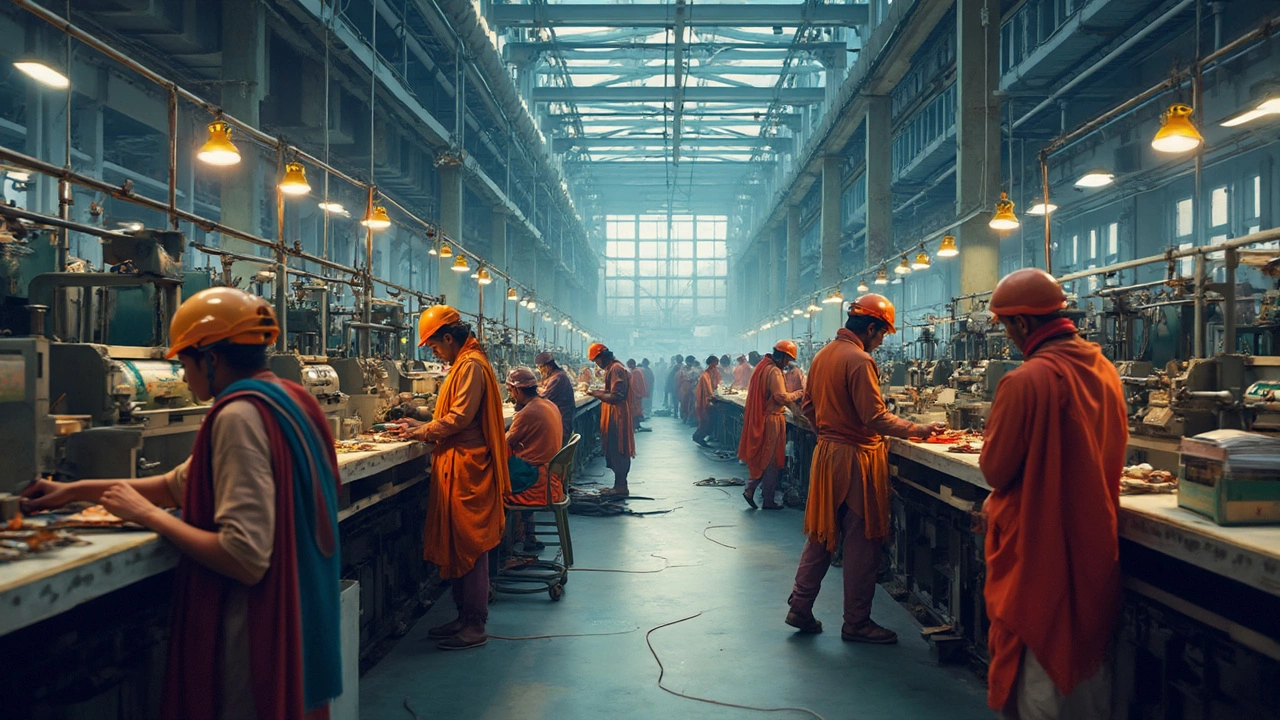Manufacturing Processes
When working with manufacturing processes, the series of steps that transform raw materials into finished goods. Also known as production methods, they are the backbone of every factory, workshop, and even home‑based setup. A solid grasp of these processes lets you spot efficiency gaps, choose the right technology, and cut waste before it adds up. One of the most common approaches is mass production, a high‑volume, low‑cost system that relies on assembly lines and standardized parts. Mass production drives everything from cars to smartphones, but it’s only one piece of the puzzle. Equally important is the unit process, a discrete operation like cutting, heating, or mixing that can be repeated across different products. Understanding how unit processes fit into a larger line helps you redesign steps for speed or quality without overhauling the whole plant.
Why Understanding Manufacturing Processes Matters
Beyond the big‑scale factories, small scale industry, often called SSI, includes workshops, micro‑factories, and home‑based operations that serve niche markets relies heavily on the same principles. An SSI might use a simple unit process—like a CNC cutter—to produce custom metal parts, yet it can compete with larger players by tailoring the process to short runs and rapid design changes. The same logic applies to plastic manufacturing, which covers resin extrusion, injection molding, and recycling loops. Whether you’re looking at Texas’s resin output or California’s finished‑product factories, the underlying processes determine cost, speed, and environmental impact. Likewise, the textile manufacturing, from yarn spinning to fabric finishing, blends traditional unit operations with modern automation to meet fast‑fashion demand while managing water and energy use. By seeing how these sectors customize basic manufacturing steps, you can spot cross‑industry ideas—like applying a lean assembly line from auto factories to a textile mill, or using an SSI‑style rapid prototyping hub to test new plastic molds.
All of the articles below dive deeper into these themes. You’ll find a side‑by‑side look at heavy‑equipment giants, high‑demand product trends, and real‑world examples of unit processes in action. Whether you’re a plant manager, a startup founder, or just curious about how a piece of furniture gets from design to your living room, this collection gives you the context you need to make sense of today’s manufacturing landscape. Let’s explore the details that shape each process and uncover the practical takeaways you can apply right now.
